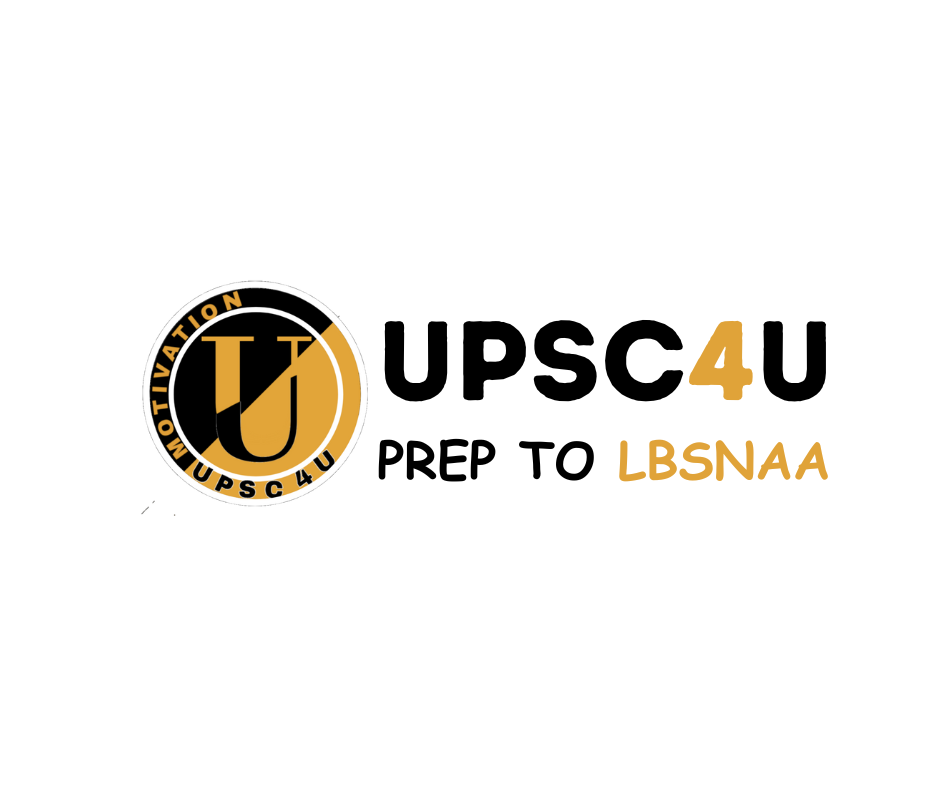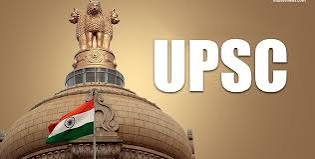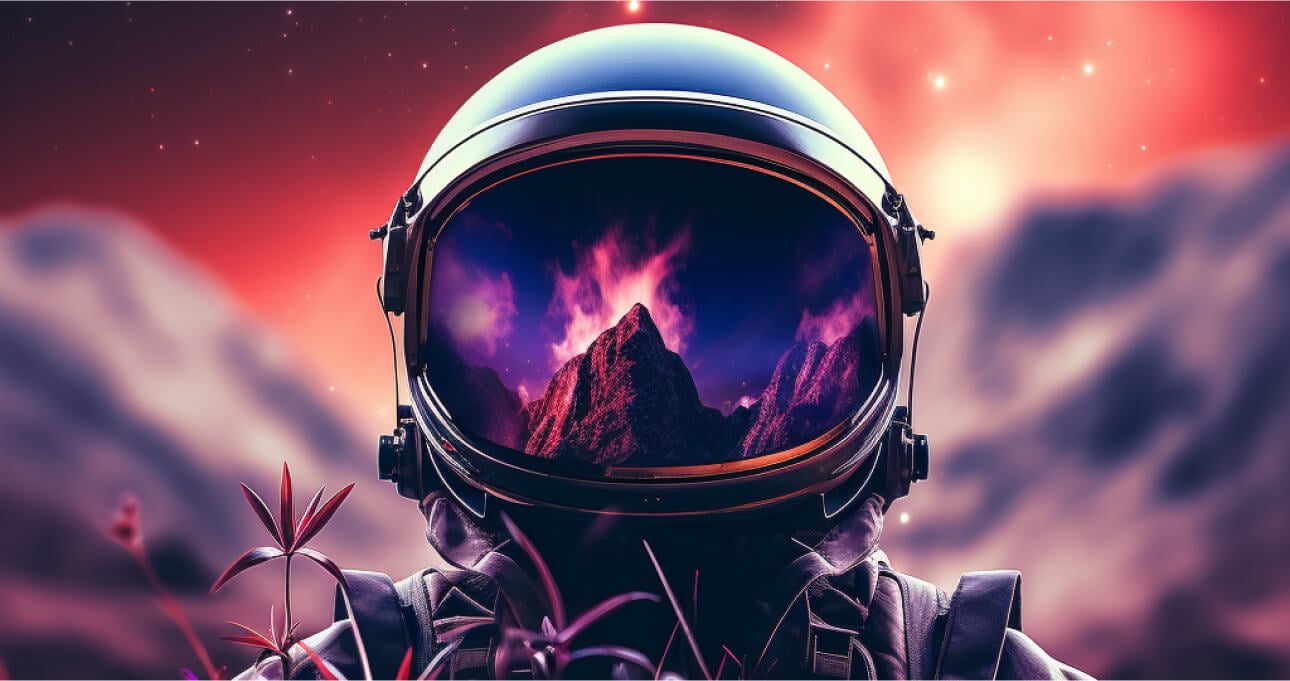🔥 What is an Earthquake?
An earthquake is the sudden release of energy in the Earth’s lithosphere that creates seismic waves. These are recorded by a seismograph.
🔸 Causes of Earthquakes
- Tectonic movements (major cause)
- Volcanic activity
- Anthropogenic causes (like mining, reservoir-induced)
- Fault slippage
🔸 Types of Earthquakes
- Tectonic Earthquakes – due to movement of plates
- Volcanic Earthquakes – associated with volcanic activity
- Collapse Earthquakes – due to land subsidence or mines
- Explosion Earthquakes – nuclear or chemical explosions
🔸 Seismic Waves
- P-Waves (Primary Waves): Fastest, travel through solids and liquids
- S-Waves (Secondary Waves): Slower, travel through solids only
- Surface Waves: Cause most destruction
🌋 What is a Volcano?
A volcano is a vent or opening in the Earth’s crust from which molten magma, ash, and gases are ejected.
🔸 Types of Volcanoes
- Shield Volcanoes – gentle slopes, basaltic lava (e.g., Mauna Loa)
- Composite Volcanoes – layered lava and ash (e.g., Mount Fuji)
- Cinder Cone Volcanoes – steep and explosive
- Caldera – large depression after a major eruption
🔸 Distribution of Volcanoes
Most volcanoes are located in:
- Ring of Fire (Pacific Ocean)
- Mid-Atlantic Ridge
- African Rift Valley
🌍 Plate Tectonics and Their Role
Both earthquakes and volcanoes are directly linked to plate tectonics.
- Convergent Boundaries – subduction causes earthquakes & volcanoes
- Divergent Boundaries – magma rises, causes volcanoes
- Transform Boundaries – intense earthquakes (e.g., San Andreas Fault)
🇮🇳 Earthquakes and Volcanoes in India
Earthquake Zones in India (Zonation)
- India is divided into Zone II to Zone V.
- Zone V is the most seismically active (e.g., Northeast India, Himalayan belt).
Active Volcanic Sites in India
- Barren Island (Andaman & Nicobar) – India’s only active volcano
- Narcondam Island – dormant
🔍 UPSC Previous Year Questions (PYQs)
Prelims PYQs:
- Q. Consider the following phenomena:
- Earthquake
- Lightning
- Volcanic eruption
- Cyclone
Which of the above can be caused by the movement of tectonic plates?
[UPSC Prelims 2011]
👉 Correct Answer: 1 and 3
- Q. Consider the following statements:
- S-waves can travel through both solids and liquids.
- The epicentre of an earthquake is the point on the surface directly above the focus.
Which of the above is correct?
[UPSC Prelims 2020]
👉 Correct Answer: Only 2
Mains PYQ (GS-1):
- Q. Why are the world’s fold mountain systems located along the margins of continents? Bring out the association between mountain building and plate tectonics.
[UPSC Mains 2014] - Q. Bring out the causes for more frequent landslides in the Himalayas than in the Western Ghats.
(Links tectonics and earthquakes)
[UPSC Mains 2013]
📘 How to Prepare Earthquakes & Volcanoes for UPSC?
📖 Recommended Sources:
- NCERT Geography Class 11 – Fundamentals of Physical Geography
🔗 NCERT Link - G.C. Leong – Certificate Physical Geography
- Majid Husain – Geography of India
- PMF IAS Notes – https://store.pmfias.com
🧠 Tips for Answer Writing in Mains
- Use diagrams and maps – like Plate boundaries, Ring of Fire, Earthquake zones of India
- Add recent examples (e.g., Turkey-Syria Earthquake 2023)
- Quote statistics from NDMA or IMD
✅ Conclusion
Understanding earthquakes and volcanoes is not only important for static geography but also useful for environment and disaster management. For UPSC, always integrate current affairs with core concepts.



